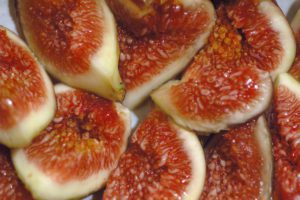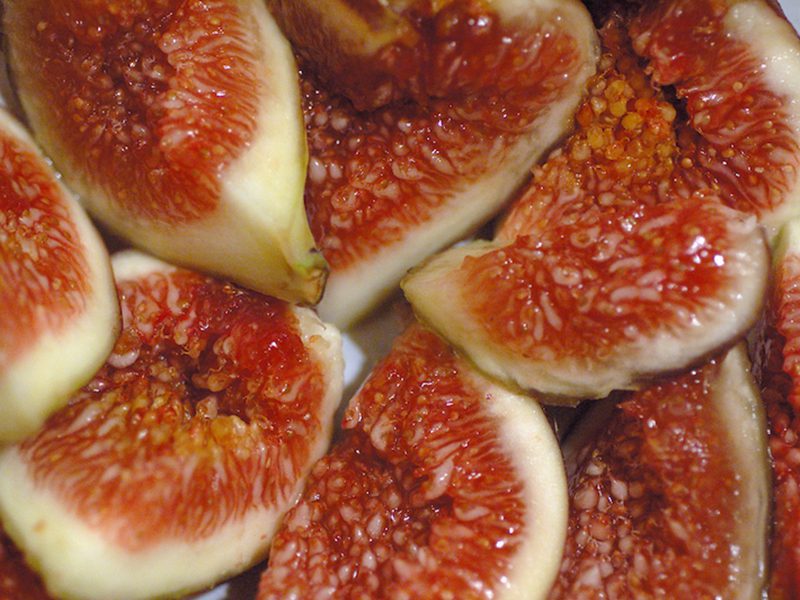 Most of the gardens in my life – the private gardens, the gardens of friends and relatives – have a history associated with them. Sometimes the home has some historical significance; sometimes the garden itself has been designed and worked and maintained for generations of gardeners; and sometimes the garden simply carries with it the long memory of gardening traditions in the deep South.
Most of the gardens in my life – the private gardens, the gardens of friends and relatives – have a history associated with them. Sometimes the home has some historical significance; sometimes the garden itself has been designed and worked and maintained for generations of gardeners; and sometimes the garden simply carries with it the long memory of gardening traditions in the deep South.
In most of these gardens, whether formally laid out or freely shaped by happenstance, there have been a number of plants which seem to appear as if by prescribed inclusion. I can always expect to find nandina (Nandina domestica), red spider lily (Lycoris radiata), abelia (Abelia x grandiflora); there’s always a mimosa (Albizia julibrissin), a tea olive (Osmanthus sp.), and maybe a trellis covered with Coral vine (Antigonon leptopus) or the Lady Banks rose (Rosa banksia). These are all beautiful plants, easy to grow here and tough survivors, although in recent years both Nandina and Mimosa seem to have developed into invasive plants, spreading far too readily into wild habitat and sometimes taking over because of their vigor.
I’ve written before that every farm garden used to have at least a few pecan trees (Carya illinoinensis) and a couple of Kieffer pear trees (Pyrus x). They provided bounty for the larder and had the potential for some much needed income for the farmer.
Another fruit tree which seems always to be found in any old farm garden is the delicious, reliable, and beautiful fig (Ficus sp.). All over the world’s warmer temperate and tropical zones, there are species of fig which feed dozens of insects, birds, mammals, and humans. In the deep south, hot and humid in the summer, it is the common garden fig (F.carica) that we grow. There are types of common figs which require pollination by particular insects in order to set fruit; our climate does not grow these pollinating insects, so our figs are of the type which does not require pollination.
There are several varieties which grow well here and produce delicious fruit reliably. The best known is “Brown Turkey”; a little sweeter is “Celeste”; the gardener in  the deep south seeking to grow a fig tree would do well with either. I should mention that many sellers of fig trees have no idea what variety they have, often labeling every tree “Brown Turkey.” It is wise to go to a knowledgeable, reputable supplier – or to take advantage of a neighbor’s tree which produces delicious fruit: figs are quite easy to root cuttings from a mother plant.
the deep south seeking to grow a fig tree would do well with either. I should mention that many sellers of fig trees have no idea what variety they have, often labeling every tree “Brown Turkey.” It is wise to go to a knowledgeable, reputable supplier – or to take advantage of a neighbor’s tree which produces delicious fruit: figs are quite easy to root cuttings from a mother plant.
The easiest way to get new plants from one that gives good fruit is to dig up the suckering plants which often pop up beneath the tree, then transplant them to good soil. Almost as easy is to root cuttings.
Cut 8 to 10 inch sticks from the tips of good healthy branches in early spring (although I have successfully rooted cuttings in every season). These should be from growth from the previous summer, so that it is mature but not old. Plant them in a pot of good soil or in a bed that has good soil so that all but one or two buds at the tip are above ground. Then let them grow over the summer and through the winter; the next spring, they should be ready to move to where you want them to grow.
Figs need full sun and well-drained soil to set fruit and to grow well. Remember that they can grow into 20-foot-tall trees, and at least as wide. Choose carefully where you plant them. They rarely need fertilization in decent soil, although a little nitrogen sometimes helps. A bit too much nitrogen, though, will make for fantastic leaves with no fruit. Drought and cold can cause damage, so a protected site near a water source can help assure a healthy tree.
By their third year, you may be able to harvest some figs, and with each succeeding year an even larger quantity of fruit should reward your effort. For detailed information and guidance on growing figs – or almost any other ornamental or food garden plant, be sure to check out Clemson’s Home and Garden Information Center (http://www.clemson.edu/extension/hgic/complete_list.html)
Figs are incredibly delicious! Eat them fresh and warm from the sun; serve with a wonderful salty cheese like feta or parmigiano reggiano; bake them into fig muffins; or use dried figs to make fantastic fig-stuffed cookies. It’s all good!
Editor’s Note: This column first appeared in Lowcountry Weekly in August of 2018.









